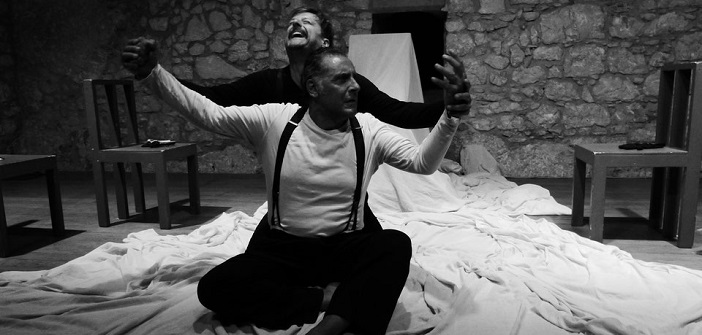We were familiar with François Bourcier’s talent for the in-depth portrayal of an era, the kaleidoscope of the lives of martyrs from the Second World War, himself slipping into the skin of a multitude of characters in “Resisting is Existing.”
The spectators will find the evocative power in successive scenes through a simple yet effective staging, which tells the emblematic story of these two victims of violent repression in 1920s America, Sacco and Vanzetti. Wrongly accused of terrorist acts, Bartolomeo Sacco, a shoemaker, and Nicola Vanzetti, a fish vendor, represent these Italian immigrants drawn to anarchist ideals not appreciated by the so-called right-thinking people.
We will witness a semblance of a trial with dubious evidence obtained under threat, and despite the confession of another anarchist for committing the crimes and robberies for which they are being tried, they were sentenced to the electric chair in 1921.
And the actors play the shape-shifters, assuming different roles from the most grotesque to the most cynical. Isolated in the Charleston prison near Boston, very close to where they could hear the crackling of the pale lights in their cell due to the executions, the injustice of the judicial procedure incited international outrage and provoked a popular revolt, which rehabilitated their memory.
This fictional anticipation before the end leads them to recall the trial, to remember the unfounded testimonies and the blackmail by the police and politicians. Fear and doubt also play a part in this minimalist but clever set with large mobile chairs doubling as the judge’s bench or the condemned’s electric chair, with a white sheet revealing archival images, films, photos, and newspaper articles in the background.
Above all, friendship and the choice to remain free, standing firm against injustice and death, stand out in this masterful play.
With a very accurate Jean-Marc Catella and a fiery François Bourcier as Vanzetti, proudly carrying his convictions. An ode to universal, timeless freedom, a text written in 2008 by Alain Guyard.
Roland Haugade


